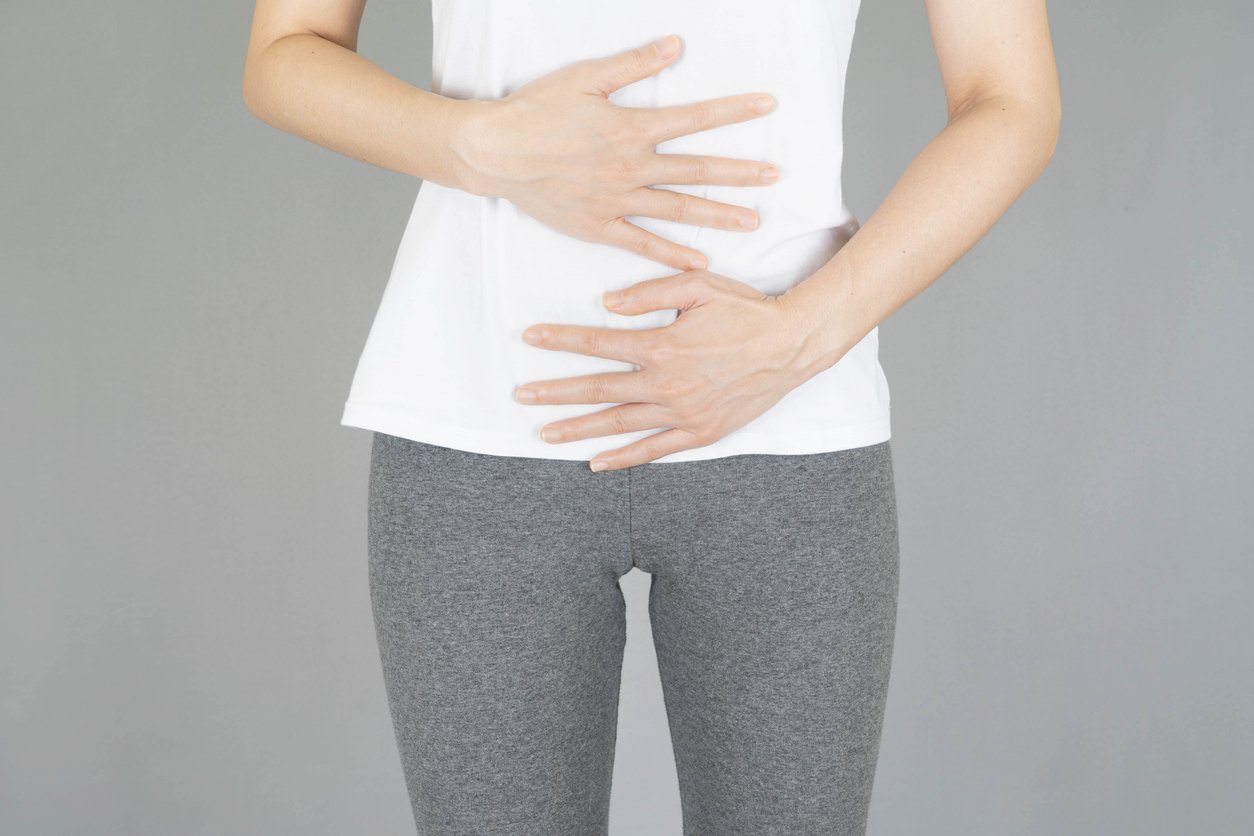One of the most common medical conditions that affects the bladder is urinary incontinence. This type of incontinence can affect both sexes, but it is most common in women. In fact, according to the American Academy of Physicians (AAP), almost 50 per cent of women in their 40s and 50s have some form of urinary incontinence. This may either be an overactive bladder or urinary stress incontinence.
- What is urinary stress incontinence?
Urinary stress incontinence is the uncontrolled loss of urine, which occurs when a physical movement or activity like running, lifting weights, coughing or just sneezing, increases the abdominal pressure, affecting the bladder. People may have urine leakage when coughing, sneezing or laughing. Also patients can have a urine loss while standing up, getting out of the car or having sex. Basically, any activity that increases the abdominal pressure can lead to urine loss, especially if the bladder is full.
It is very important to know that this type of incontinence is not related to psychological stress, but it can make people feel embarrassed, possibly placing limitations and changes in their work and social life.
2. What are the causes of urinary stress incontinence?
The main cause of this condition is the weakening of the pelvic floor muscles, which are the ones that support the bladder, among other pelvic structures. A secondary cause of this type of incontinence is the weakening of the urinary sphincter, which is the muscle in charge of controlling the release of urine. When these muscles become weak, anything capable of increasing the pressure outside the bladder can lead to a urine leakage.
Basically, these muscles can lose their strength due to:
Childbirth: this is the most common cause of the weakening of the pelvic muscles in women. During labour, some nerves and tissues can get damaged, leading to urinary incontinence sometimes quite soon after childbirth or even many years after birth.
Chronic sneezing and coughing, obesity, smoking, drinking alcohol, and high-impact activities like weightlifting or running are included as other factors that can increase the possibilities to suffer from urinary stress incontinence.
3. How is urinary stress incontinence diagnosed?
To be sure someone suffers from urinary stress incontinence, some of the following tests will be carried out:
Urinary stress test: The patient will be asked to cough while standing to see if there is any urine leakage.
Pad test: Women have to use a sanitary pad, while men use a special pad during an entire day or just while they are exercising to see how much urine they lose.
Cystometry test: This test measures the pressure of the bladder and the urine flow.
Urine analysis: This can show if there is something abnormal in the urine like bacteria, blood, protein, or sugar.
Neurological exam: Used when needed to see if there is any problem with the pelvic nerves that can generate incontinence.
4. What are the treatments available for urinary stress incontinence?
There are many ways to treat this annoying condition, from simple bladder and pelvic muscles exercises to surgical procedures. Just by doing simple lifestyle changes such as losing some weight, avoiding caffeine, alcohol, and cigarettes, practising regular exercises, etc, the patient can reduce bladder pressure, improving their day-to-day life. The most common exercises to improve urinary stress incontinence symptoms are the Kegel exercises, which help to strengthen the muscles of the pelvic floor. Patients can do them anywhere at any time, without being noticed.
These consist of squeezing the muscles that stop the urine flow for some minutes, a few times a day. It is basically the contraction of the pelvic floor muscles. IncontiLase is a non-invasive Er:YAG laser therapy for the treatment of mild and moderate stress urinary incontinence, based on non-ablative photothermal stimulation of collagen neogenesis, shrinking and tightening of vaginal mucosa tissue and collagen-rich endopelvic fascia, and subsequently giving greater support to the bladder.
Regarding surgical procedures, the tension-free vaginal tape (TVT) and the trans-obturator tape (TOT) are widely performed. The TVT consists of placing a synthetic mesh around the urethra of the patient, increasing the positive pressure around the structures that allow urine flow.
The other procedure, the TOT, consists of placing a permanent tape under the urethra. The purpose is basically the same as the TVT.
The success rates of the surgical procedures are between 82 and 96 per cent. While these treatments help to reduce the symptoms of urinary incontinence, these rarely completely cure them. However, after surgery, the patient will be able to have an almost normal life, at least more than before.
For more information see https://professorbarryoreilly.ie/













Leave a Reply
You must be logged in to post a comment.